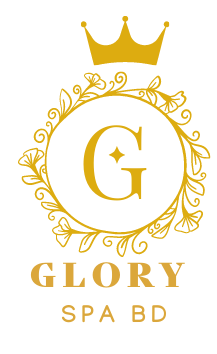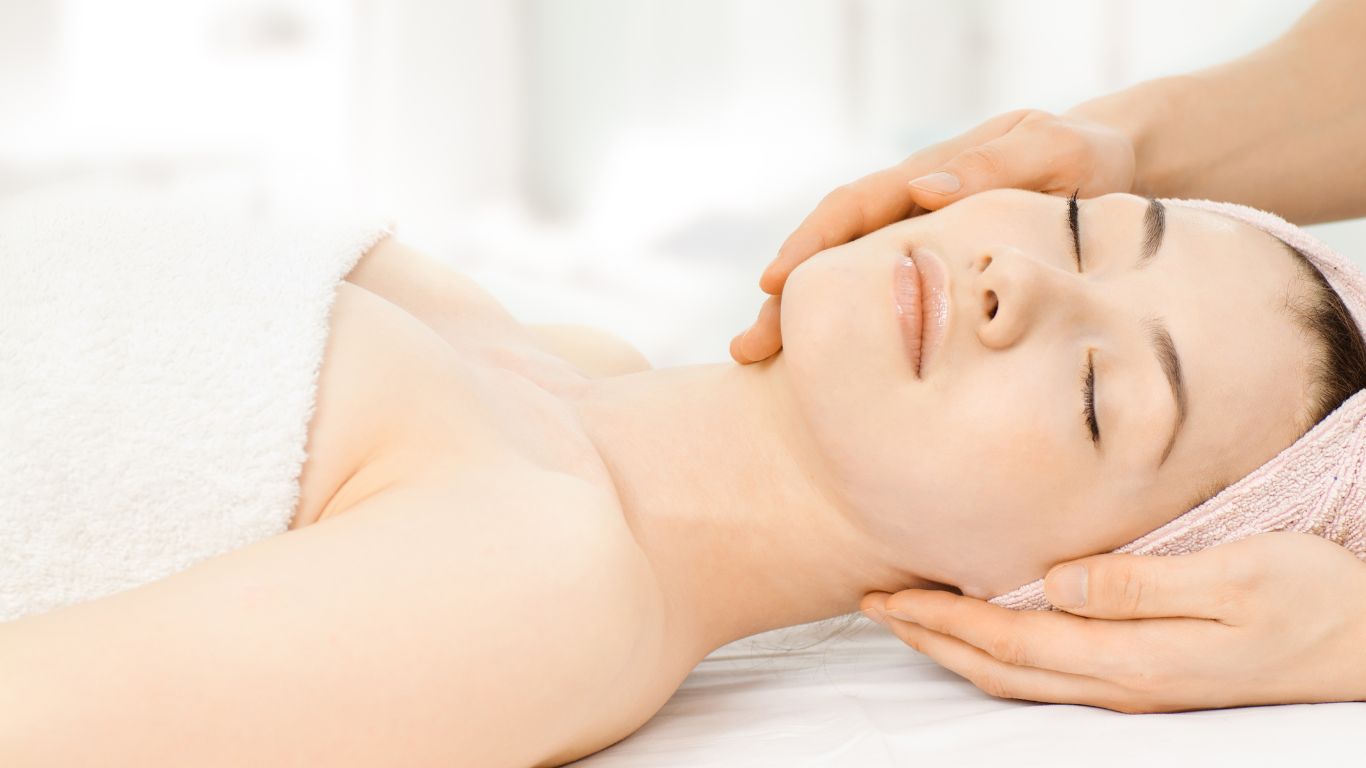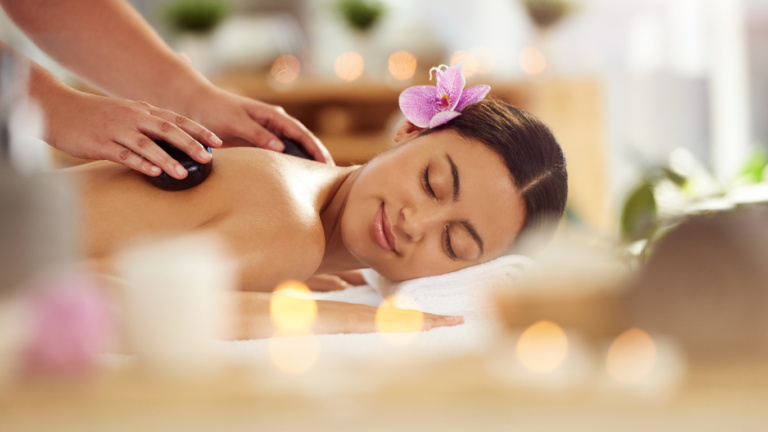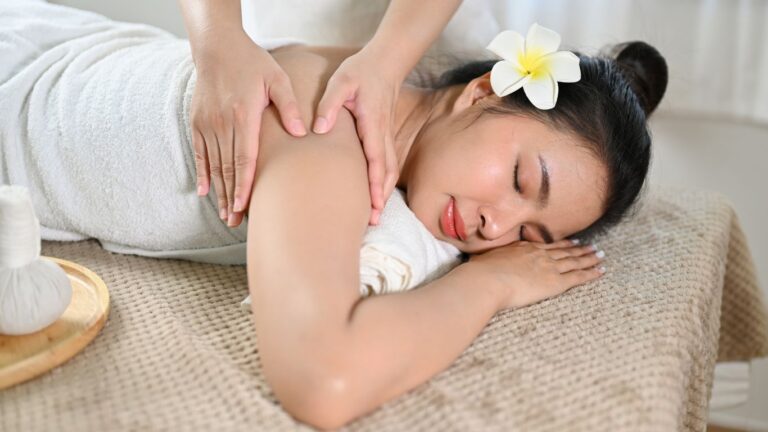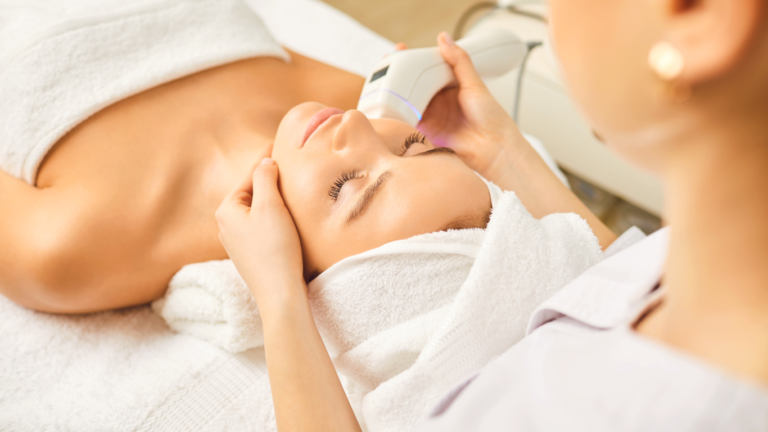Spa Massage Therapy: A Rejuvenating Experience for Mind, Body, and Soul
In today’s fast-paced world, finding a moment of respite and relaxation can feel like a luxury. However, the benefits of incorporating spa massage therapy into your self-care routine are numerous and can have a profound impact on your overall well-being. Whether you’re seeking to alleviate physical discomfort, reduce stress and anxiety, or simply indulge in a moment of pampering, spa massage therapy offers a truly transformative experience.
At its core, spa massage therapy is the practice of manipulating the soft tissues of the body, including muscles, tendons, and ligaments, to promote relaxation, improve circulation, and ease tension. Performed by skilled massage therapists in a serene and calming environment, these treatments can have a profound effect on both the body and the mind.
In this comprehensive guide, we’ll delve into the world of spa massage therapy, exploring the various modalities, their benefits, and how you can incorporate this rejuvenating practice into your life. From understanding the science behind the benefits of massage to discovering the best techniques for your specific needs, this blog will equip you with the knowledge to embark on a journey of holistic self-care.
The Science Behind Spa Massage Therapy
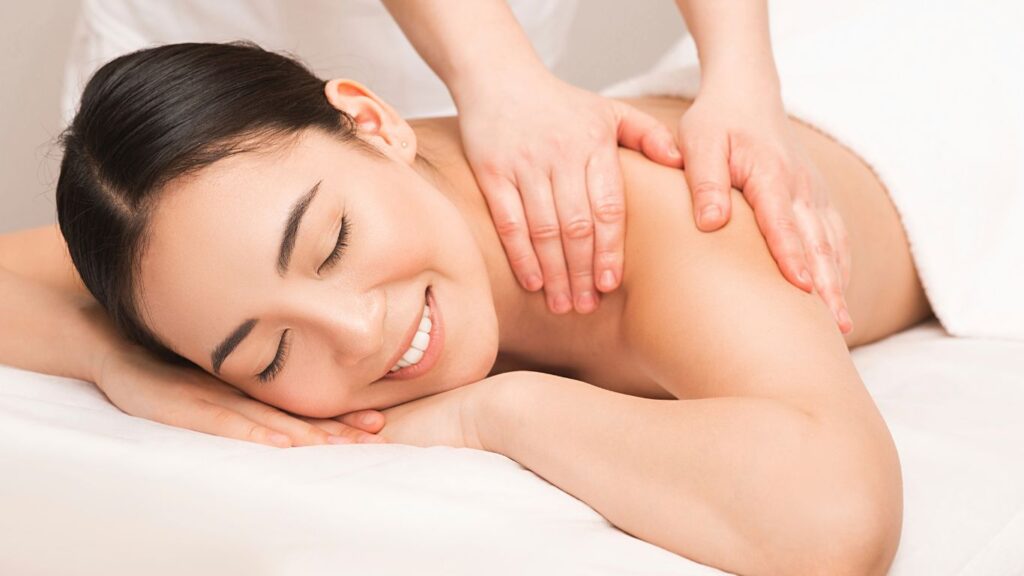
Massage therapy has been practiced for thousands of years, with evidence of its therapeutic benefits dating back to ancient civilizations. Today, modern scientific research has further validated the profound impact that massage can have on the human body and mind.
At the physiological level, massage therapy has been shown to stimulate the release of various neurotransmitters and hormones that play a crucial role in our overall well-being. For example, massage has been found to increase the production of endorphins, the body’s natural pain-relieving chemicals, as well as serotonin and dopamine, which are associated with feelings of happiness and well-being.
Additionally, massage therapy has been demonstrated to improve circulation, which can aid in the delivery of oxygen and essential nutrients to the body’s tissues. This improved circulation can help reduce inflammation, promote healing, and alleviate muscle soreness and tension.
The psychological benefits of massage therapy are equally profound. Studies have shown that massage can significantly reduce stress and anxiety levels by lowering the production of cortisol, the primary stress hormone. Regular massage has also been linked to improved sleep quality, enhanced mood, and greater feelings of relaxation and well-being.
Furthermore, the calming and nurturing environment of a spa setting can further amplify the benefits of massage therapy. The soothing ambiance, gentle music, and the skilled touch of a massage therapist can create a deeply restorative experience that can have a lasting positive impact on an individual’s overall quality of life.
By understanding the science behind the benefits of spa massage therapy, individuals can make informed decisions about incorporating this rejuvenating practice into their self-care routines, ultimately empowering them to achieve a greater sense of balance and well-being.
The Different Modalities of Spa Massage Therapy
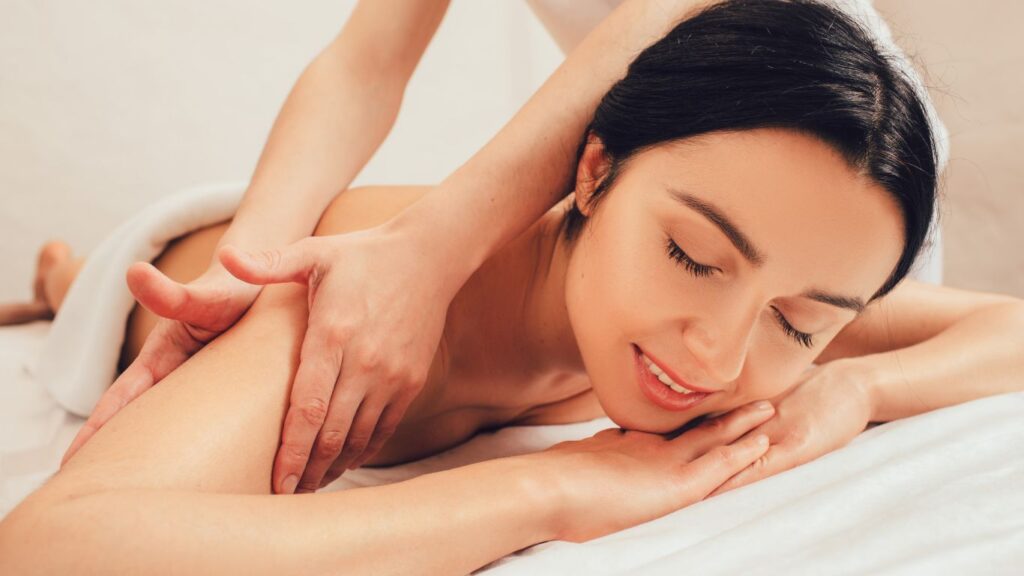
Spa massage therapy encompasses a wide range of modalities, each with its own unique approach and benefits. From traditional techniques to modern innovations, the world of spa massage offers a diverse array of options to cater to various needs and preferences. Let’s explore some of the most popular spa massage therapy modalities:
Swedish Massage: This is one of the most well-known and widely practiced forms of massage therapy. Swedish massage utilizes long, flowing strokes, kneading, and circular movements to promote relaxation, improve circulation, and alleviate muscle tension.
Deep Tissue Massage: Focusing on the deeper layers of muscle tissue, deep tissue massage is designed to address chronic tension and pain. Using firm pressure and slow, deliberate movements, this modality can help release deeply rooted knots and adhesions.
Hot Stone Massage: In this unique treatment, smooth, heated stones are placed on strategic points on the body, or used by the massage therapist to apply soothing, penetrating warmth. This can help relax muscles, reduce stress, and promote a profound sense of calm.
Aromatherapy Massage: By incorporating the use of essential oils, aromatherapy massage combines the benefits of massage with the therapeutic properties of plant-derived fragrances. The oils can help alleviate specific concerns, such as stress, muscle ache, or insomnia.
Sports Massage: Tailored for individuals who lead active lifestyles, sports massage focuses on preventing and treating sports-related injuries. It utilizes techniques like stretching, kneading, and cross-fiber friction to improve flexibility, reduce muscle soreness, and enhance athletic performance.
Reflexology: This ancient practice involves the application of pressure to specific points on the feet, hands, and ears, which are believed to correspond to different areas of the body. Reflexology aims to promote overall well-being by stimulating the body’s natural healing processes.
Shiatsu Massage: Originating in Japan, shiatsu massage uses finger pressure, palm pressure, and stretching techniques to stimulate the body’s energy meridians and promote balance and harmony.
Thai Massage: Drawing from the traditions of traditional Thai medicine, this unique massage modality combines passive stretching, joint mobilization, and pressure point stimulation to improve flexibility, enhance energy flow, and induce a deep state of relaxation.
Pregnancy Massage: Designed specifically for expectant mothers, pregnancy massage utilizes gentle techniques to alleviate the physical discomforts associated with pregnancy, such as back pain, swelling, and muscle tension.
Lymphatic Drainage Massage: This specialized technique focuses on stimulating the lymphatic system, which plays a crucial role in the body’s waste removal and immune function. Lymphatic drainage massage can help reduce swelling, improve circulation, and support the body’s natural detoxification processes.
By exploring the diverse range of spa massage therapy modalities, individuals can tailor their treatments to address their unique needs and preferences, ultimately enhancing their overall well-being and promoting a deeper sense of relaxation and rejuvenation.
The Benefits of Spa Massage Therapy
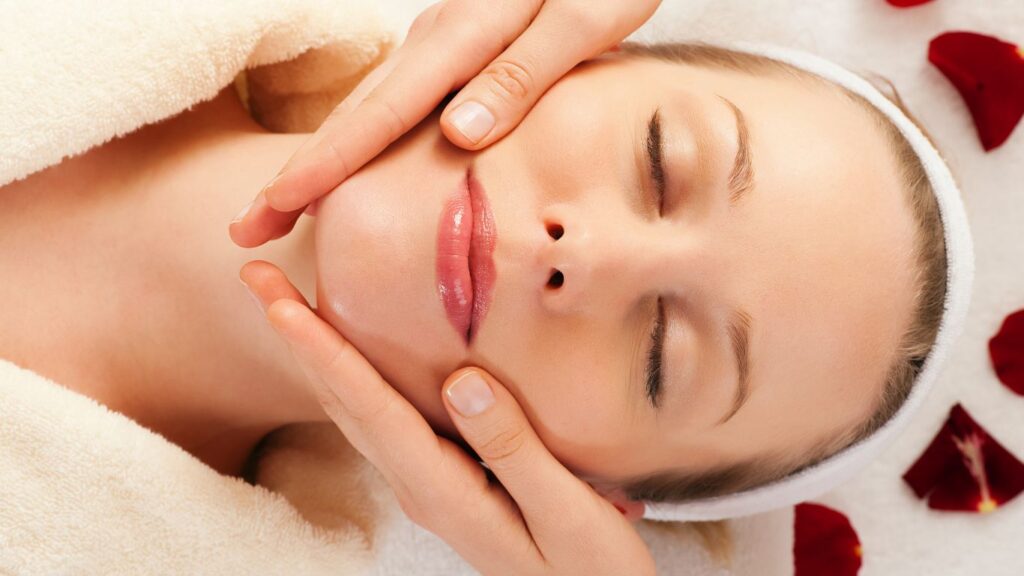
Incorporating spa massage therapy into your self-care routine can unlock a myriad of benefits that positively impact your physical, mental, and emotional well-being. Let’s delve into some of the key advantages of this transformative practice:
Stress and Anxiety Relief: Massage therapy has been shown to be highly effective in reducing stress and anxiety levels. The calming touch of a massage therapist, combined with the serene environment of a spa, can help lower cortisol, the body’s primary stress hormone, and promote the release of feel-good neurotransmitters like serotonin and dopamine.
Pain and Muscle Tension Relief: Whether you’re dealing with chronic pain, muscle soreness, or joint stiffness, spa massage therapy can provide much-needed relief. The various techniques, such as deep tissue massage and trigger point therapy, can help release muscle knots, improve circulation, and reduce inflammation, leading to a decrease in pain and discomfort.
Improved Sleep Quality: Massage therapy has been found to enhance sleep quality by promoting relaxation and reducing stress levels. The soothing effects of massage can help individuals fall asleep faster and experience deeper, more restorative sleep, which is essential for overall health and well-being.
Enhanced Flexibility and Mobility: Certain massage modalities, such as sports massage and Thai massage, focus on improving flexibility and range of motion. By targeting the connective tissues and joints, these techniques can enhance mobility, which is crucial for maintaining an active lifestyle and preventing injuries.
Boosted Immune Function: Massage therapy has been shown to stimulate the body’s lymphatic system, which plays a vital role in the immune response. By improving lymphatic drainage, massage can help the body more effectively remove waste and toxins, potentially leading to a stronger immune system and improved overall health.
Increased Circulation: Massage therapy can enhance blood and oxygen flow throughout the body, delivering essential nutrients to the tissues and promoting healing. This improved circulation can also help reduce swelling and inflammation, leading to a decrease in various health concerns.
Emotional Well-being: Beyond the physical benefits, spa massage therapy can also have a profound impact on emotional well-being. The nurturing touch and the tranquil environment of a spa can help individuals feel cared for, nurtured, and supported, leading to a greater sense of self-care and overall life satisfaction.
Mindfulness and Relaxation: The act of receiving a massage can encourage a state of deep relaxation and mindfulness, allowing individuals to be present in the moment and disconnect from the stresses of daily life. This heightened state of awareness can have far-reaching benefits for mental and emotional health.
By understanding the multifaceted benefits of spa massage therapy, individuals can make informed decisions about incorporating this rejuvenating practice into their self-care routines, ultimately leading to improved physical, mental, and emotional well-being.
Incorporating Spa Massage Therapy into Your Lifestyle
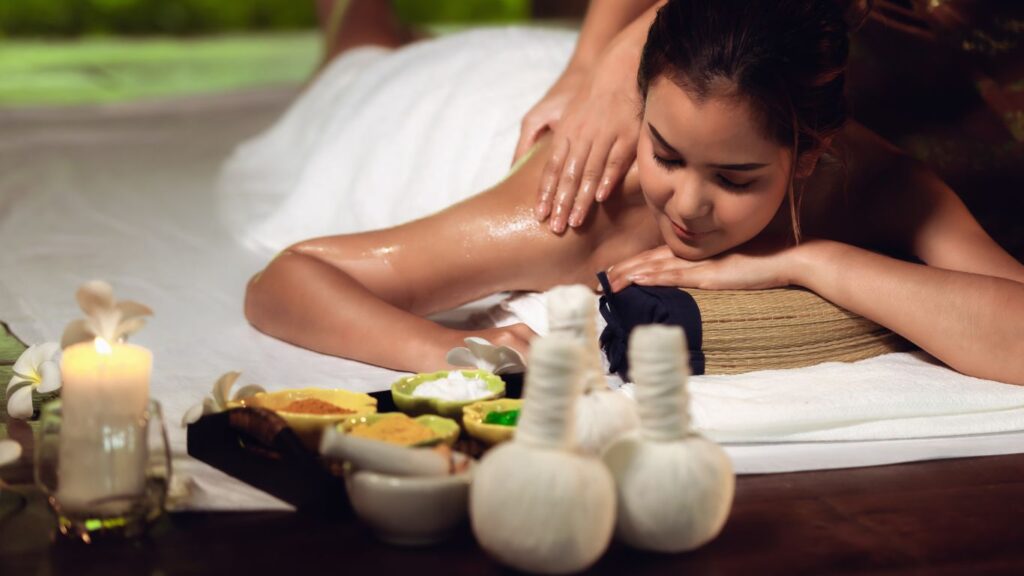
Integrating spa massage therapy into your lifestyle can be a transformative experience, providing a sanctuary of relaxation and rejuvenation amidst the hustle and bustle of daily life. Here are some tips to help you seamlessly incorporate this rejuvenating practice into your self-care routine:
Establish a Massage Routine: Consider scheduling regular massage sessions, whether it’s weekly, monthly, or quarterly, depending on your needs and preferences. Consistent massage therapy can help you maintain the benefits and prevent the re-accumulation of stress and tension in the body.
Customize Your Experience: Explore the various massage modalities and choose the ones that best suit your specific needs and goals. Whether it’s a deep tissue massage to address chronic pain or a relaxing Swedish massage to unwind, tailor your spa experience to your individual requirements.
Embrace the Spa Environment: Fully immerse yourself in the calming ambiance of the spa. Take time to savor the peaceful surroundings, breathe deeply, and allow your mind and body to transition into a state of relaxation.
Incorporate Additional Spa Treatments: Complement your massage therapy with other spa services, such as facials, body wraps, or hydrotherapy treatments, for a truly holistic self-care experience. These additional treatments can further enhance the benefits of your massage and promote an overall sense of well-being.
Practice Mindfulness: During your massage, make a conscious effort to be present in the moment. Focus on your breathing, the sensations in your body, and the rhythmic movements of the massage therapist’s hands. This mindful approach can deepen the experience and maximize the benefits of the treatment.
Maintain Healthy Habits: To amplify the benefits of spa massage therapy, it’s essential to maintain a balanced lifestyle. Ensure you get adequate sleep, stay hydrated, and engage in regular physical activity to support your overall well-being.
Communicate with Your Massage Therapist: Be open and honest with your massage therapist about your specific needs, concerns, and preferences. This communication will help them tailor the treatment to your individual requirements and ensure you receive the most optimal experience.
Explore Spa Packages and Promotions: Many spas offer package deals or seasonal promotions that can make spa massage therapy more accessible and affordable. Keep an eye out for these opportunities to indulge in the rejuvenating benefits of massage without breaking the bank.
By incorporating spa massage therapy into your lifestyle, you’ll be taking a proactive step towards achieving a greater sense of balance, relaxation, and overall well-being. Embrace this transformative practice and embark on a journey of self-care that will nourish your mind, body, and soul.
Choosing the Right Spa for Your Massage Therapy Experience
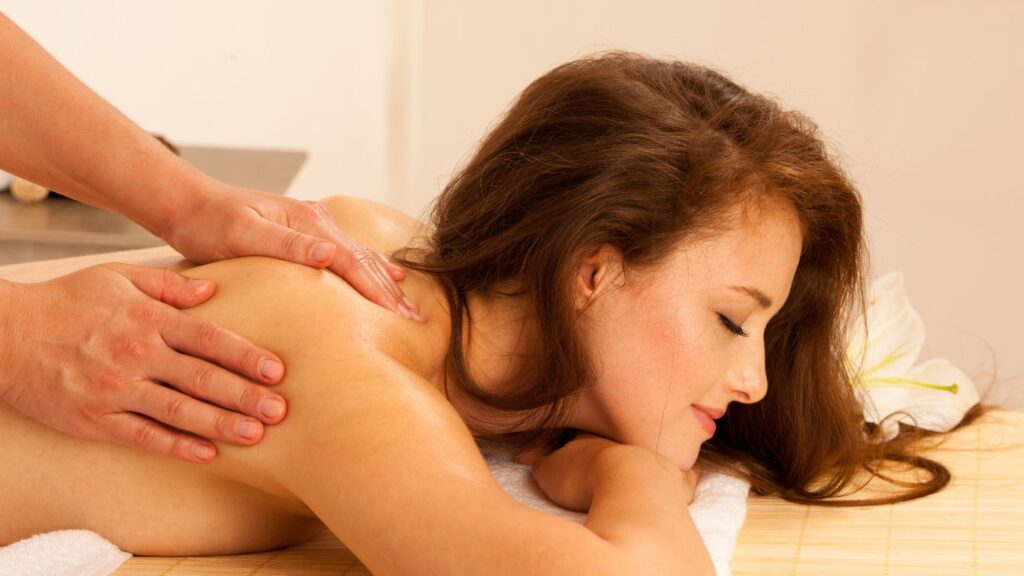
Selecting the right spa for your massage therapy experience can greatly impact the quality of your treatment and the overall benefits you’ll receive. With so many options available, it’s essential to do your research and find a spa that aligns with your preferences and needs. Here are some key factors to consider when choosing the perfect spa for your massage therapy journey:
Reputation and Reviews: Investigate the spa’s reputation within the local community and among its clientele. Read online reviews, check ratings, and seek recommendations from friends or healthcare professionals to get a sense of the spa’s quality of service, expertise of the massage therapists, and overall customer satisfaction.
Massage Therapist Credentials: Ensure that the massage therapists at the spa are licensed, certified, and have the necessary training and experience to provide safe and effective treatments. Look for therapists who have specialized training in the modalities you’re interested in.
Facility and Amenities: Consider the overall ambiance and amenities of the spa. Look for a clean, well-maintained, and soothing environment that promotes relaxation. Amenities like private treatment rooms, relaxation lounges, and additional wellness offerings can further enhance your experience.
Treatment Menu and Customization: Examine the spa’s treatment menu to ensure they offer the specific massage modalities you’re interested in, whether it’s Swedish, deep tissue, or a specialized technique. Also, inquire about the spa’s ability to customize treatments to address your individual needs and concerns.
Sanitation and Hygiene Practices: Pay attention to the spa’s sanitation and hygiene protocols, as these are crucial for ensuring your safety and well-being. Look for spas that adhere to strict cleaning and disinfection standards, as well as those that use high-quality, professional-grade products.
Location and Accessibility: Consider the spa’s location and accessibility, especially if you plan to visit regularly. Proximity to your home or workplace, as well as available parking or transportation options, can make a significant difference in the convenience and overall experience.
Pricing and Value: While price shouldn’t be the sole deciding factor, it’s essential to find a spa that offers fair and transparent pricing for their services. Compare the cost of treatments across different spas to ensure you’re getting a good value for your investment.
Customer Service and Professionalism: Observe the level of customer service and professionalism of the spa staff, from the front desk to the massage therapists. Responsive, attentive, and courteous staff can greatly enhance your overall experience.
By carefully considering these factors, you’ll be better equipped to choose a spa that aligns with your preferences and provides a truly rejuvenating massage therapy experience. Remember, your well-being is the top priority, so don’t hesitate to explore different options until you find the perfect spa for your needs.
Preparing for Your Spa Massage Therapy Session
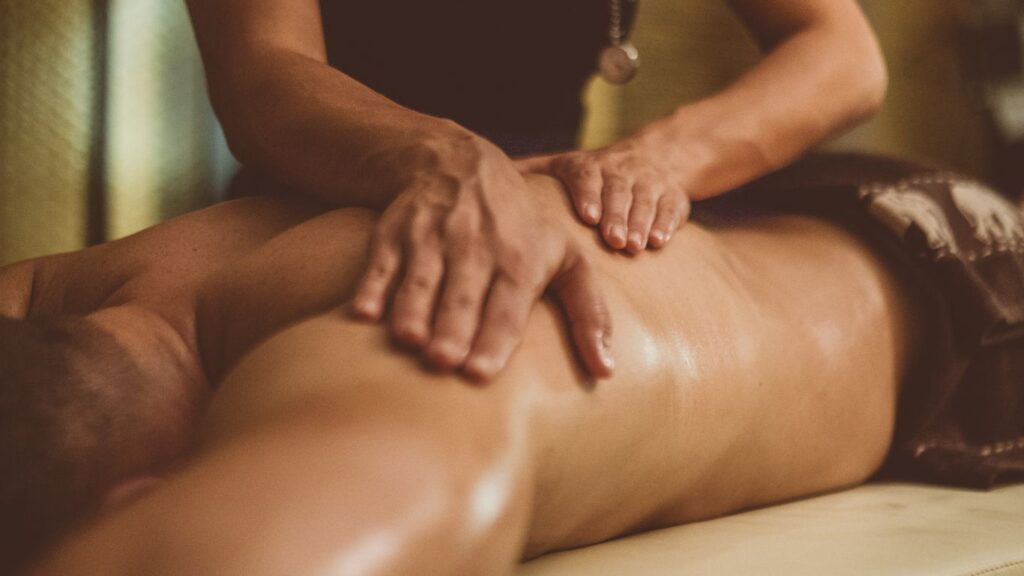
Preparing for your spa massage therapy session can help you make the most of your rejuvenating experience. By taking a few simple steps, you can ensure that you arrive relaxed, comfortable, and ready to fully immerse yourself in the therapeutic benefits of massage. Here are some tips to help you prepare for your upcoming spa massage:
Hydrate: Drink plenty of water before and after your massage session. Proper hydration can help your body effectively process the toxins that may be released during the massage, enhancing the overall benefits.
Avoid Heavy Meals: It’s best to avoid large or heavy meals in the hours leading up to your massage. A full stomach can make the experience less comfortable and may even interfere with the massage therapist’s ability to work effectively.
Communicate with Your Therapist: Before your session, take the time to discuss your specific needs, concerns, or any medical conditions with your massage therapist. This open communication will allow them to tailor the treatment to your individual requirements and ensure your safety and comfort.
Dress Comfortably: Wear loose, comfortable clothing that is easy to remove and put back on. This will make the transition in and out of the massage session seamless and allow the therapist to access the areas of your body that need attention.
Arrive Early: Plan to arrive at the spa a few minutes before your scheduled appointment time. This will give you the opportunity to check in, fill out any necessary paperwork, and transition into the relaxing environment before your massage begins.
Avoid Caffeine and Alcohol: It’s best to abstain from consuming caffeine or alcohol prior to your massage, as these substances can interfere with the body’s natural relaxation response.
Prepare Your Mind: Take a few deep breaths and try to let go of any worries or stresses before your session. Entering the massage with a calm and open mindset can help you fully immerse yourself in the experience.
Communicate During the Massage: During the session, feel free to provide feedback to your massage therapist about the pressure, temperature, or any areas that require more or less attention. This open dialogue will ensure you receive the most beneficial and comfortable experience.
Relax and Enjoy: Once the massage begins, surrender to the experience and allow your body and mind to fully relax. Trust the expertise of your massage therapist and let go of any thoughts or distractions.
By following these preparation steps, you’ll be well on your way to a truly transformative and rejuvenating spa massage therapy session. Remember, the key is to approach the experience with an open and receptive mindset, allowing yourself to fully immerse in the therapeutic benefits of massage.
Incorporating Spa Massage Therapy into Your Self-Care Routine
Incorporating spa massage therapy into your self-care routine can be a game-changer, providing a powerful tool for promoting overall well-being and enhancing your quality of life. Here are some ways you can seamlessly integrate this rejuvenating practice into your lifestyle:
Scheduled Maintenance: Establish a regular massage routine, whether it’s weekly, monthly, or quarterly, depending on your needs and preferences. Consistent massage therapy can help you maintain the benefits and prevent the re-accumulation of stress and tension in the body.
Targeted Treatments: Utilize massage therapy to address specific concerns, such as chronic pain, muscle tension, or recovery from injury or illness. Work closely with your massage therapist to identify the best modalities and treatment plan to address your individual needs.
Seasonal Tune-ups: Consider scheduling massage sessions around major seasonal changes or life events, such as the start of a new year, the change
FAQ About Spa Massage Therapy
What are the different types of massage offered at a spa? Spas typically offer a variety of massage modalities, including:
Swedish massage
Deep tissue massage
Hot stone massage
Aromatherapy massage
Sports massage
Reflexology
Shiatsu
Thai massage
Pregnancy massage
Lymphatic drainage massage
How often should I get a massage? The frequency of massage depends on your individual needs and preferences. Some general guidelines:
For general relaxation and stress relief, monthly or bi-monthly massages are recommended.
For chronic pain or injury recovery, weekly to bi-weekly massages may be beneficial.
For athletes or those with active lifestyles, regular sports massages (weekly to monthly) can aid recovery and performance.
Listen to your body’s needs and work with your massage therapist to determine the optimal frequency.
What should I wear during a massage? You will typically undress to your level of comfort, usually down to your underwear. The massage therapist will ensure you are properly draped with towels or sheets to keep you covered during the massage.
How do I choose the right massage therapist? When selecting a massage therapist, consider their credentials, experience, specialties, and client reviews. Look for therapists who are licensed, certified, and have specialized training in the modalities you’re interested in.
What should I do before and after a massage? Before a massage, prepare by staying hydrated, avoiding heavy meals, and arriving a few minutes early. After, drink plenty of water, rest, and avoid strenuous activity to allow your body to fully benefit from the massage.
Are there any health conditions that may contraindicate massage? Certain conditions, such as deep vein thrombosis, severe osteoporosis, or open wounds, may require modifications or precautions during massage. Always inform your massage therapist of any medical conditions or concerns prior to your session.
How much does a spa massage typically cost? Massage prices can vary widely based on location, therapist experience, and the specific modality. On average, a 60-minute massage at a spa can range from $50 to $150 or more, depending on the spa’s amenities and services.
What are the benefits of regular massage therapy? Regular massage can provide numerous benefits, including reduced stress and anxiety, pain and muscle tension relief, improved sleep, enhanced flexibility, boosted immunity, and overall improved emotional well-being.
Remember, the best way to get personalized answers is to communicate openly with your massage therapist about your specific needs and concerns.
